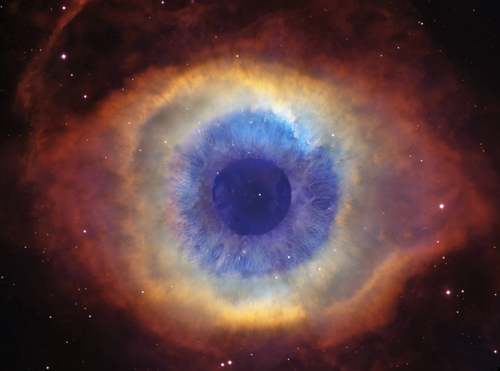Swirling gases reveal baby planets in a young star’s disk
Baby planets growing in a disk of gas and dust around an infant star have been identified and weighed for the first time. In papers published June 13 in the Astrophysical Journal Letters, two teams of astronomers describe a new technique to observe the newborn planets with unprecedented precision.
One team, led by Richard Teague of the University of Michigan in Ann Arbor, found two protoplanets about the mass of Jupiter in orbit around a young star called HD 163296. The star is about 4 million years old and about 330 light-years from Earth. Another team led by Christophe Pinte of Monash University in Melbourne, Australia, spotted a third protoplanet about twice Jupiter’s mass in an even farther orbit around the same star.
Both groups used data from ALMA, the Atacama Large Millimeter/submillimeter Array network of radio telescopes in Chile. ALMA data had previously revealed gaps and rings in the disks around some young stars that may have been carved out by the gravity of protoplanets (SN Online: 11/6/14). But random fluctuations in the gas and dust can produce rings and spirals without planets.
Instead of relying on the disk’s shape to give young planets away, the two groups studied the motion of the gas. The teams independently developed a way to measure the gas velocity by watching the shift in the wavelength of light emitted by carbon monoxide molecules.
The gas motions were best explained by a planetary pull, Teague says. “It would have to be an extremely contrived scenario to say that it’s not a planet.”
Teague hopes to use the technique on dozens of other stars to see what kinds of protoplanets are most common.
“On its own, it’s hard to tell whether [this system is] an outlier or fairly typical,” he says. “The power here will be how we apply this technique to other systems.”

